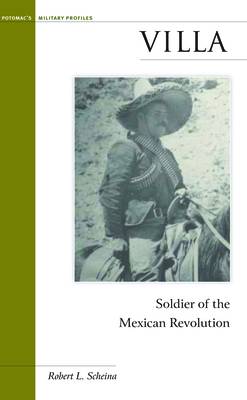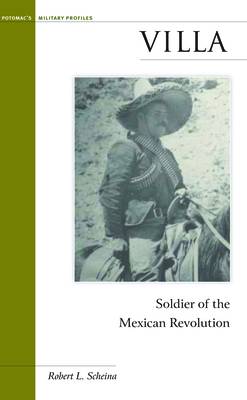
- Afhalen na 1 uur in een winkel met voorraad
- Gratis thuislevering in België vanaf € 30
- Ruim aanbod met 7 miljoen producten
- Afhalen na 1 uur in een winkel met voorraad
- Gratis thuislevering in België vanaf € 30
- Ruim aanbod met 7 miljoen producten
Omschrijving
Starting with twenty-eight followers, Francisco Pancho Villa rose out of banditry to become a dynamic strategist who mastered the tactical use of a diverse array of weapons, including modern railroads and cavalry, to contest control of Mexico. In his early days as a brigand, the peasantry idolized him because he often gave them the largesse of his raids on the wealthy haciendas. His military career began in 1910 during the Mexican Revolution, and by the time of his defeat at the Battle of Celaya in 1915 he commanded 15,000 horsemen. Villa could be a generous patron to his loyal followers but a terrifying enemy. He believed that those whom he defeated earned the "privilege" of being executed by his own hand. During the bloodiest months of the Mexican Revolution, he even contended for control of the nation. He could not be intimidated by anyone, including the U.S. Army's Punitive Expedition led by Gen. John J. Pershing, who was sent to capture Villa after his raids into New Mexico during 1916. He died as he lived, violently, the victim of an assassination squad in 1923. Robert Scheina analyzes this complex man and provides a solid overview of Mexico's political history against the fabric of social and cultural turmoil.
Specificaties
Betrokkenen
- Auteur(s):
- Uitgeverij:
Inhoud
- Aantal bladzijden:
- 125
- Taal:
- Engels
- Reeks:
Eigenschappen
- Productcode (EAN):
- 9781574885132
- Verschijningsdatum:
- 1/08/2004
- Uitvoering:
- Hardcover
- Formaat:
- Genaaid
- Afmetingen:
- 135 mm x 206 mm
- Gewicht:
- 276 g

Alleen bij Standaard Boekhandel
+ 55 punten op je klantenkaart van Standaard Boekhandel
Beoordelingen
We publiceren alleen reviews die voldoen aan de voorwaarden voor reviews. Bekijk onze voorwaarden voor reviews.










